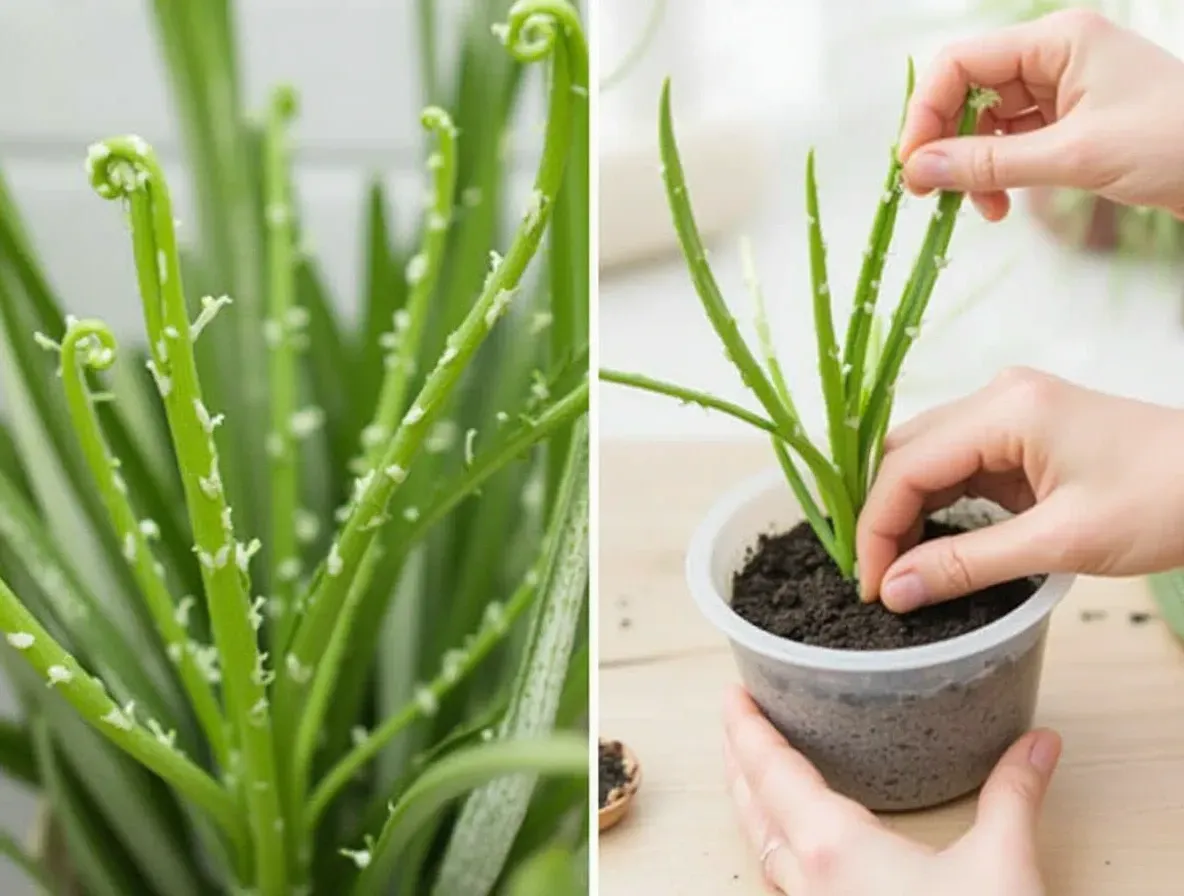Expert advice how often to water a snake plant
Hey there, fellow plant parent! Ever stare at …
When and how to plant carrots effectively
How to plant carrots? Planting carrots can be …
How to propagate spider plants easily
How to propagate spider plants easily? Spider plants …
Simple Ways To Propagate Snake Plant Successfully
If you’re a plant enthusiast or simply looking …
How to Grow a Weed Plant Successfully
Cannabis cultivation has gained popularity worldwide, especially as …
5 Beautiful Plants That Thrive in Water
Water-loving plants are not only stunning additions to …
Discover How to Grow Garlic Successfully
Garlic, one of the oldest cultivated crops, has …
Easy ZZ Plant Propagation Tips for Fast Growth
The ZZ Plant (Zamioculcas zamiifolia) has earned its …











